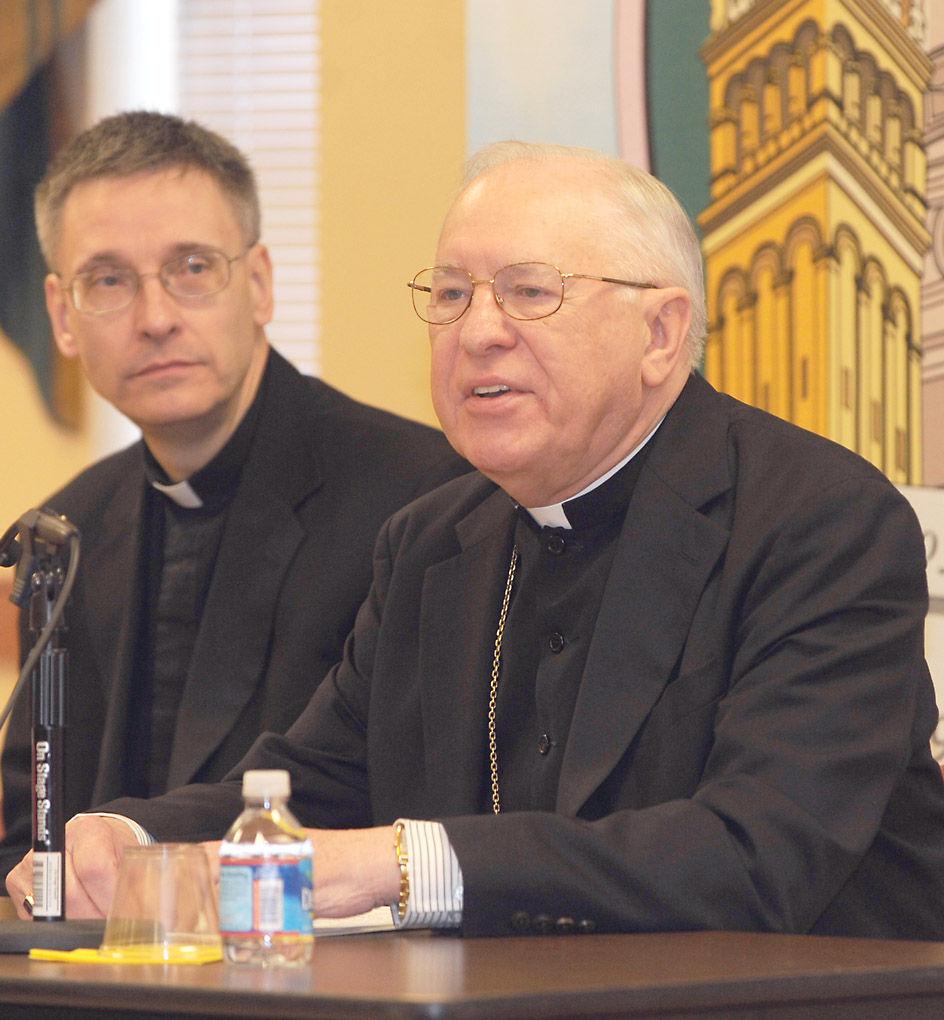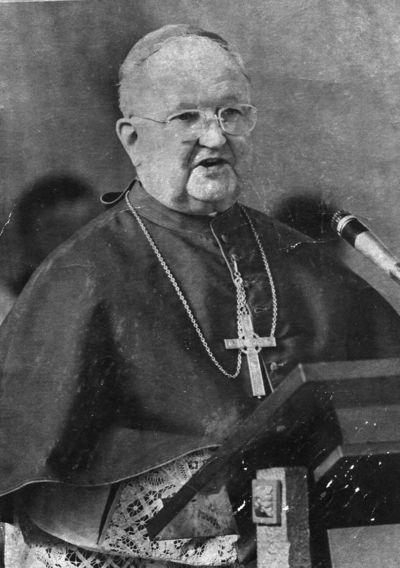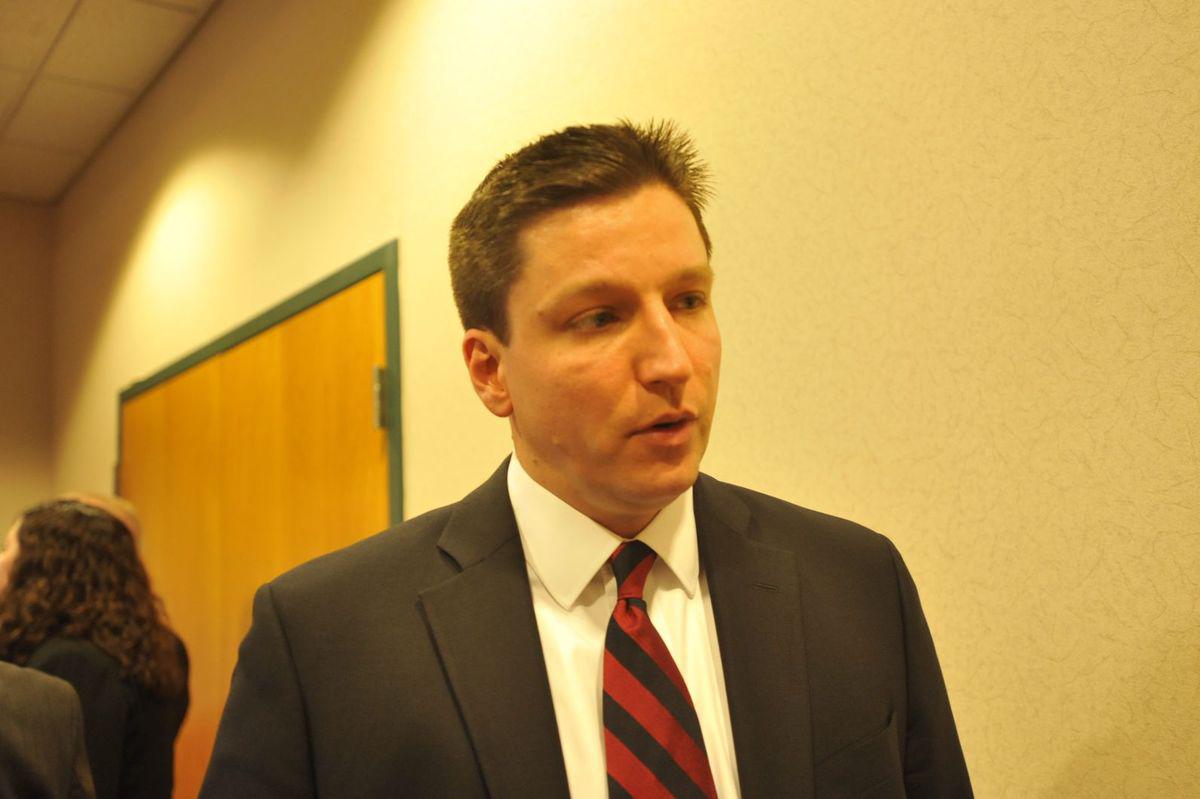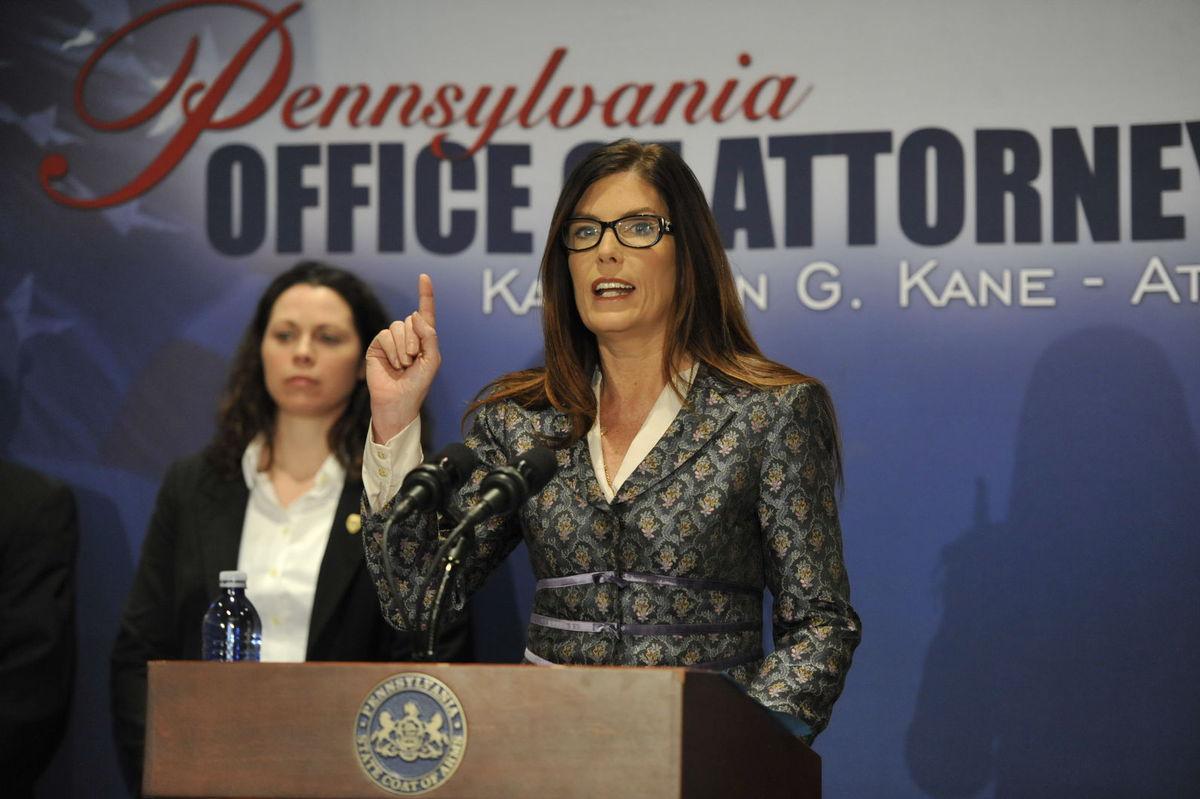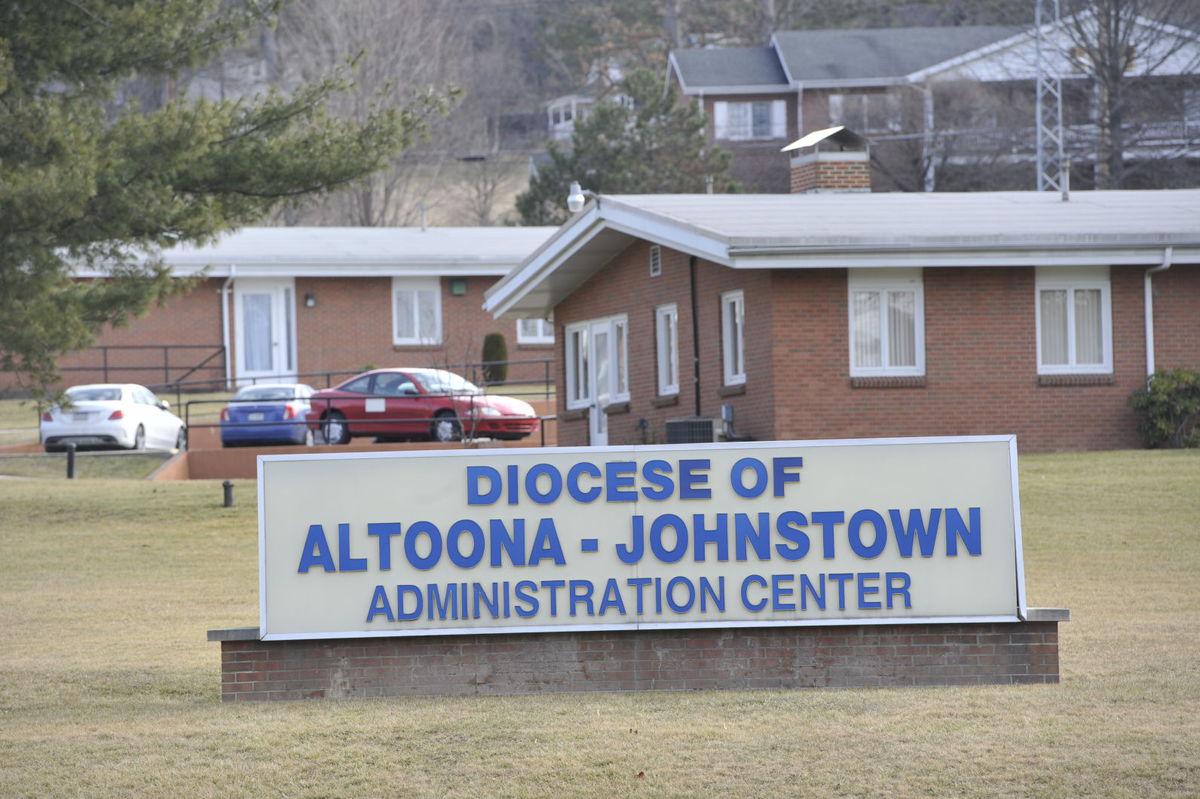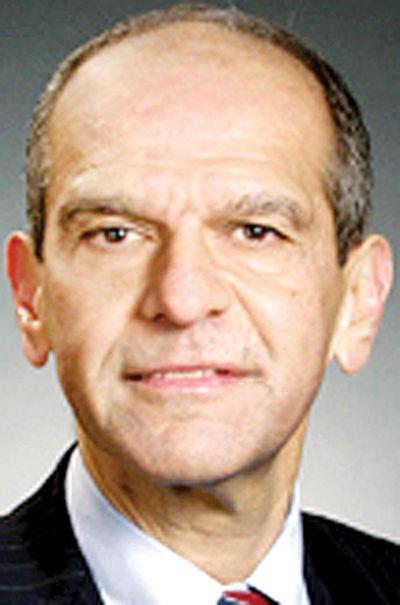|
'Confidential archives': Experts divided on impact of Canon Law in Diocese of Altoona–Johnstown child sexual abuse scandal
By Dave Sutor
The Pennsylvania Office of Attorney General knew the Code of Canon Law required the Roman Catholic Diocese of Altoona–Johnstown to keep a “secret archive” and other closely guarded documents that only the bishop and – in some cases – a few other high-ranking officials could access. When investigators finally obtained the private information, as part of a grand jury investigation, it provided a trove of details about an alleged decades-long coverup – orchestrated by former Bishops James John Hogan and Joseph Victor Adamec – to keep silent allegations of child abuse made against at least 50 priests and other religious leaders. Finding that archive was one of the key turning points in the entire two-year process. And the discovery shined a light on the importance of the church's Code of Canon Law, which was comprehensively codified for the first time in 1917 and revised in 1983. “I don't know if I would go as far as to say that canon law made it possible to cover up,” Deputy Attorney General Daniel Dye said. “But we looked at Canon law in the course of the investigation.” Use of the “secret archive” description took on an almost sinister connotation, considering what kind of information was reportedly revealed in the more than 115,000 diocesan documents examined by the attorney general's office. “I don't like that translation. It makes it sound like more than it was,” said Prof. Nicholas P. Cafardi, dean emeritus for the Duquesne University School of Law. “I would call it 'confidential archives' that very few people in the church have access to.” 'Foulest crime' The Crimen sollicitationis is a 1922 document – later amended in 1962 – that codified procedures to be used when priests or bishops were accused of using the sacrament of penance to make sexual advances toward penitents. The document also dealt with “crimen pessimum" – "the foulest crime” – described as “any external obscene act, gravely sinful, perpetrated or attempted by a cleric in any way whatsoever with a person of his own sex” or “pre-adolescent children (impuberes) of either sex or with brute animals (bestialitas),” according to a translation on the Vatican's website. Section 11 of Crimen sollicitationis has been cited by individuals and organizations that allege the Catholic Church has systemically covered up child abuse. It states: “Since, however, in dealing with these causes, more than usual care and concern must be shown that they be treated with the utmost confidentiality, and that, once decided and the decision executed, they are covered by permanent silence (Instruction of the Holy Office, 20 February 1867, No. 14), all those persons in any way associated with the tribunal, or knowledgeable of these matters by reason of their office, are bound to observe inviolably the strictest confidentiality, commonly known as the secret of the Holy Office, in all things and with all persons, under pain of incurring automatic excommunication, ipso facto and undeclared, reserved to the sole person of the Supreme Pontiff, excluding even the Sacred Penitentiary. "Ordinaries are bound by this same law, that is, in virtue of their own office; other personnel are bound in virtue of the oath which they are always to swear before assuming their duties; and, finally, those delegated, questioned or informed (outside the tribunal), are bound in virtue of the precept to be imposed on them in the letters of delegation, inquiry or information, with express mention of the secret of the Holy Office and of the aforementioned censure.” In a 2010 article in Commonweal magazine, titled “The Scandal of Secrecy,” Cafardi wrote: “In fact, No. 11 of Crimen does say that the church’s internal legal process regarding crimes reserved to the Holy Office is covered by the Holy Office secret, now called the pontifical secret. But that’s all the secrecy requirement covers: the internal church legal process, not the crime itself. It does not prevent victims, their families, or even church officials from reporting a civil crime to the civil authorities or to the media.” Commonweal is an independent Catholic opinion publication. During an interview, Cafardi said that in his view those rules do not prohibit the church from involving law enforcement when sex abuse allegations are made. “Canon law doesn't say take it to law enforcement, but it also doesn't say that you can't,” Cafardi said. “It doesn't say one way or another.” 'Kept secret' Crimen sollicitationis frequently cites canon law. And, according to Cafardi, Crimen sollicitationis was part of canon law from 1922 until 2001 when it was replaced by Sacramentorum sanctitatis tutela, which dealt with several issues, including sexual abuse. Also, canon law explains that “a criminal action is extinguished by prescription after three years, except for: 1) offences reserved to the Congregation for the Doctrine of the Faith; 2) an action arising from any of the offences mentioned in cann. 1394, 1395, 1397, 1398, which is extinguished after five years,” creating a self-imposed statute of limitations. All of those different laws combined to create what some outspoken critics of the diocese have described as a veil of secrecy that blocked child abuse within the church from public view. “Canon law states that sex abuse matters should be kept secret,” said Mitchell Garabedian, a Boston attorney who represented more than 30 of the victims who were abused by Brother Stephen Baker during his time at Bishop McCort High School. Crimen sollicitationis, which was to be “kept carefully in the secret archive of the Curia for internal use,” and “not to be published or augmented with commentaries,” per its own text, was discussed openly in 2001, according to Cafardi. The practice then came to the forefront during an investigation into child sexual abuse and a coverup within the Archdiocese of Boston. Garabedian played a major role in that case, obtaining a $10 million settlement for 86 victims of Rev. John Geoghan or their survivors and, along with other lawyers, getting an $85 million settlement against the archdiocese for victims and survivors of more than 40 different priests. Gaining access to the archdiocese's secret documents was key to that case, according to Garabedian. “In those files is usually the most damaging information for the church,” Garabedian said. Sin or crime? The AG's office has not pointed to any direct connection between adhering to canon law and Crimen sollicitationis and the diocese allegedly perpetrating the Altoona-Johnstown coverup. Except for one press conference held by Bishop Mark Bartchak, the diocese has declined to comment on the matter, since the attorney general's office considers the investigation to be ongoing. Adamec defended himself in a statement released through his attorney that stated between 1987 and 2002, the former bishop learned about allegations made against 14 living diocesan priests and one living member of a religious order with nine of the priests being suspended from public ministry or retiring “many with the imposition of conditions prohibiting public ministry.” But Rev. Kevin Annett, a Nobel Peace Prize nominee who recently visited western Pennsylvania, described the alleged Altoona-Johnstown Diocese coverup as an example of how the church views child abuse as a sin and not a crime, in his opinion. “It's setting themselves outside the law of the land under their own rules,” Annett said. He concluded: “Their main concern – from my experience – is not the children. It's the financial impact on the church.” Contact: dsutor@tribdem.com
|
.
Any original material on these pages is copyright © BishopAccountability.org 2004. Reproduce freely with attribution.
